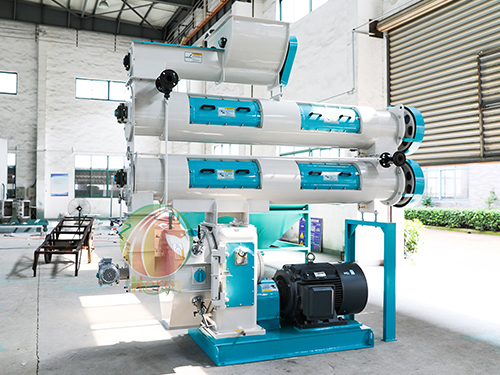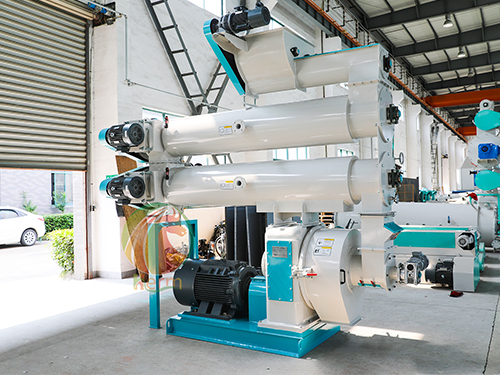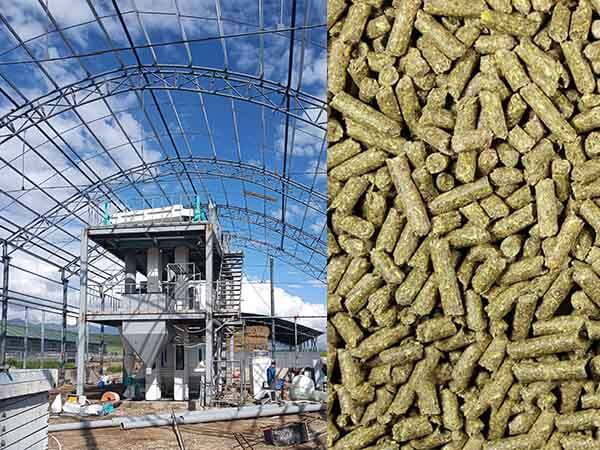Herm Machinery will go to ETHIOPEX – Ethio Poultry Expo 2025
As a relatively well-known animal feed making machine manufacturer in China, Henan Herm Machinery Co., Ltd. will also participate in AGROWORL...
25-10-29This is an industrial grass pellet machinery specialized in producing grass pellets. The crucial factor in grass pelletizing is the water content of the raw grass. Initially, it's essential to measure the moisture content of the raw materials and adjust it to an appropriate level by adding water or utilizing sun-drying. Studies indicate that the optimal moisture content for leguminous forage grass pellets is 14% to 16%, while for Gramineae forage grass pellets, it is 13% to 15%.
Interestingly, accurately controlling the moisture content of grass pellets allows them to be used as fuel for heating. While grass pellets may generate more ash than wood pellets and have a lower calorie content, they have been widely accepted in Europe for both feed and fuel purposes. In summary, grass pellets serve as an excellent choice for both feed and fuel applications.


1. The grass feed pellet machine with a special feeding mechanism, uniform, and reliable feeding. It is specially designed for pressing pasture, hops, straws, and other materials with light bulk density.
2. The main transmission adopts high-precision gear transmission, the ring mold adopts quick-release hoop type, and the output is about 20% higher than that of the belt-driven type.
3. The transmission part of the whole machine adopts Swiss and Japanese high-quality bearings to ensure efficient, stable, and reliable transmission.
4. The alloy steel ring die is manufactured by international advanced equipment and technology, with long service life, smooth grain output, and high quality.
5. Internationally advanced compensating serpentine spring coupling with excellent performances such as novel structure, compactness, safety, low noise, and low failure

| Model | Main power (kW) | Capacity(t/h) |
| SZLHM400 | 75/90 | 1-2 |
| SZLHM420 | 90 | 2-2.5 |
| SZLHM508 | 110/132 | 3-4 |
| SZLHM558 | 160 | 5-6 |
| SZLHM678 | 180/200 | 6-7 |
| SZLHM768 | 200/220 | 7-8 |

As a relatively well-known animal feed making machine manufacturer in China, Henan Herm Machinery Co., Ltd. will also participate in AGROWORL...
25-10-29
As a relatively well-known animal feed making machine manufacturer in China, Henan Herm Machinery Co., Ltd will also participate in AGROWORLD...
25-10-28
Ethiopia’s growing livestock sector, particularly in sheep and goat farming, has created a substantial demand for high-quality animal feed. With t...
24-11-12Let us be your solutions source.